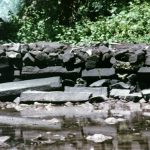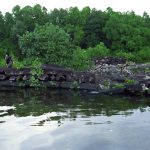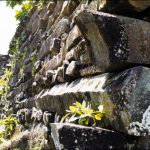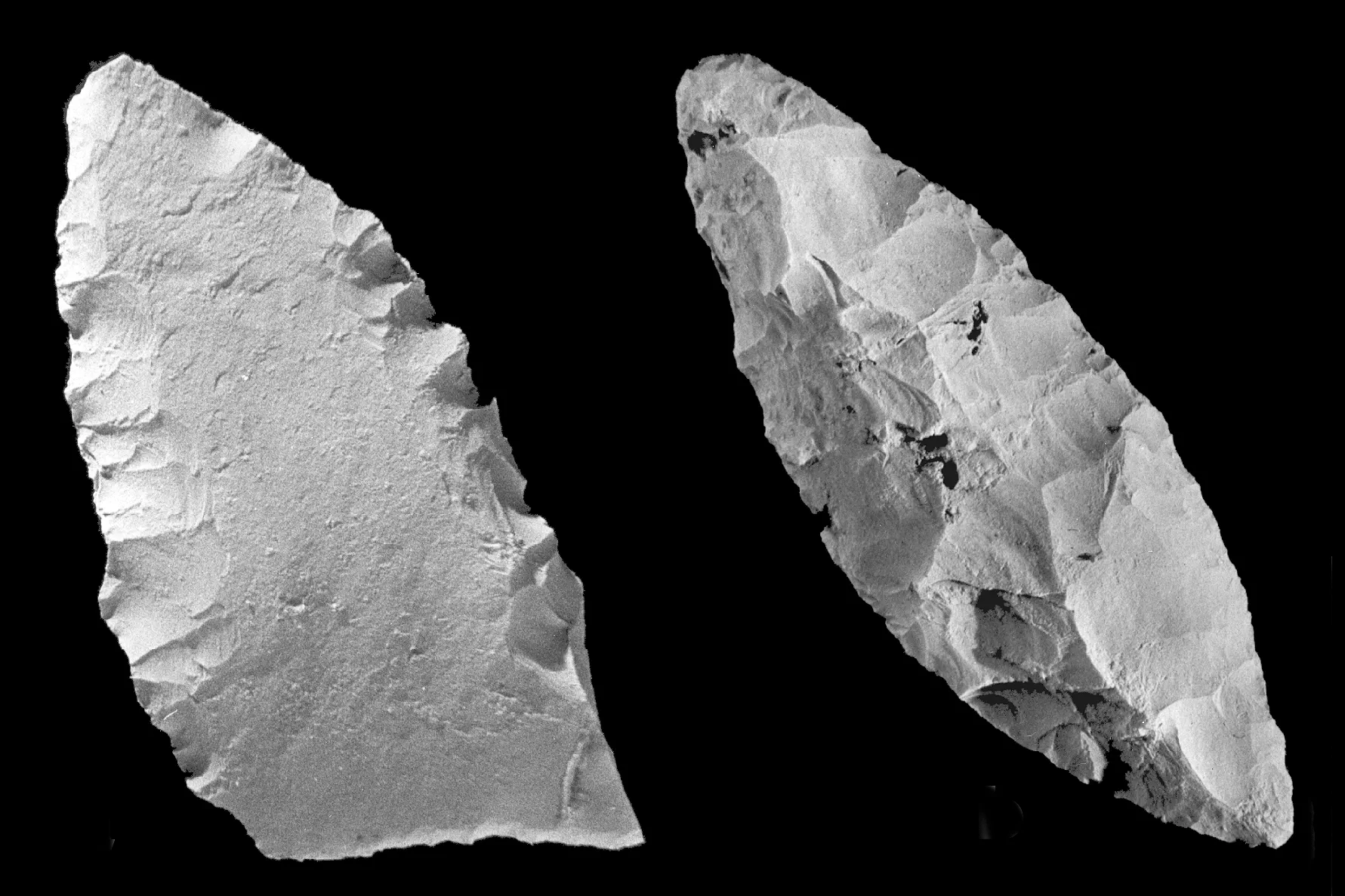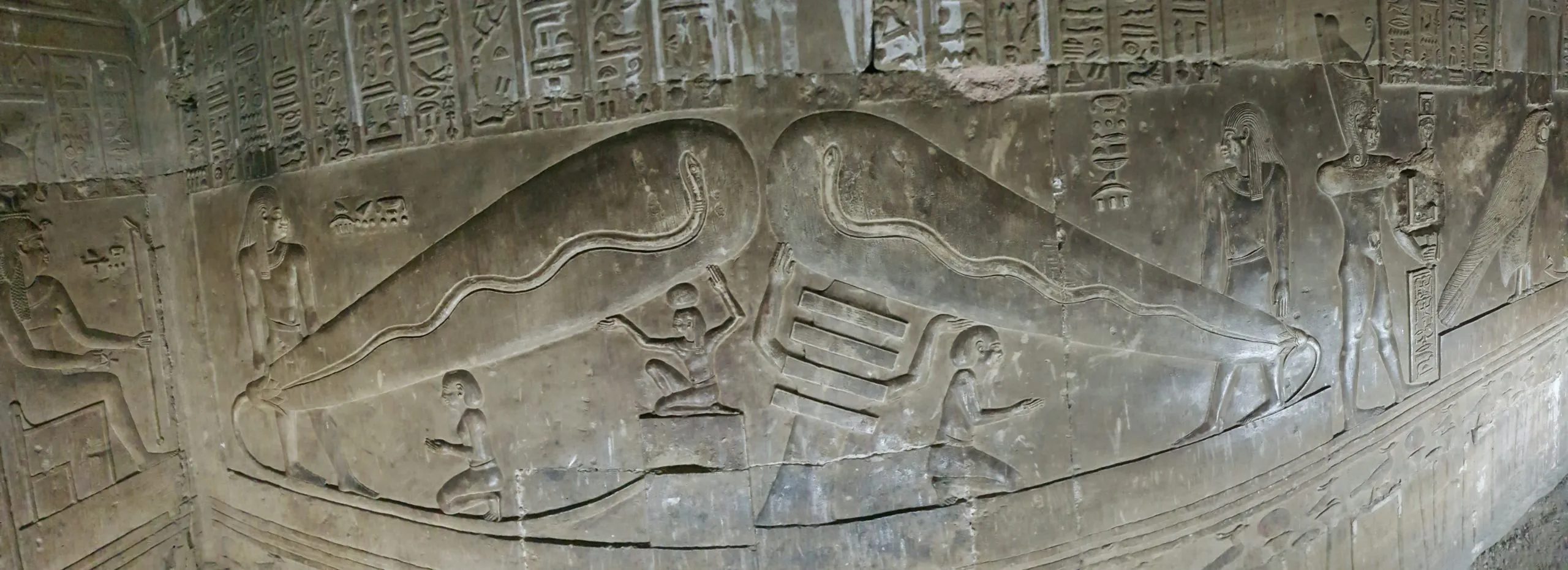Nan Madol
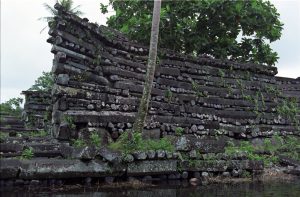 Real X-File ID: 399
Real X-File ID: 399
Report Date: 07/15/2016
Country: Micronesia
Place: Nan Madol, Temwen Island, Pohnpei Island, Micronesia
Fingerprints: Traces of ancient advanced engineering-skills, Traces of ancient advanced technology, Ancient historical records of advanced technological knowledge, Ancient historical records of extra terrestrial interaction
Existing Facts Sources: Pictures that obviously proof advanced engineering-skills or any other anomaly or strange behaviour, Videos that obviously proof advanced engineering-skills or any other anomaly or strange behaviour, Internet video (Youtube, Vimeo…), Book
Summary Report:
Nan Madol is an archaeological site adjacent to the eastern shore of the island of Pohnpei, now part of the Madolenihmw district of Pohnpei state in the Federated States of Micronesia in the western Pacific Ocean.
Today Nan Madol forms an archaeological district covering more than 18 square kilometres (6.9 sq mi) and includes the stone architecture built up on a coral reef flat along the shore of Temwen Island, several other artificial islets, and the adjacent Pohnpei main island coastline. The site core with its stone walls encloses an area approximately 1.5 by 0.5 kilometres containing 92 artificial islets, stone and coral fill platforms, bordered by tidal canals.
Little can be verified about the megalithic construction. Pohnpeian tradition claims that the builders of the Leluh archaeological site on Kosrae (likewise composed of huge stone buildings) migrated to Pohnpei, where they used their skills and experience to build the even more impressive Nan Madol complex. Radiocarbon dating indicates that Nan Madol predates Leluh; thus, it is more likely that Nan Madol influenced Leluh.
According to Pohnpeian legend, Nan Madol was constructed by twin sorcerers Olisihpa and Olosohpa from the mythical Western Katau, or Kanamwayso. The brothers arrived in a large canoe seeking a place to build an altar so that they could worship Nahnisohn Sahpw, the god of agriculture. After several false starts, the two brothers successfully built an altar off Temwen Island, where they performed their rituals. In legend, these brothers levitated the huge stones with the aid of a flying dragon. When Olisihpa died of old age, Olosohpa became the first Saudeleur. Olosohpa married a local woman and sired twelve generations, producing sixteen other Saudeleur rulers of the Dipwilap (“Great”) clan.
Erich von Däniken asks the right questions about the mysterious Nan Madol. Excerpt from Erich von Dänikens Book “Grüsse aus der Steinzeit”: “… Whoever visited the ruins of Nan Madol in the varied history was faced with a mystery. How had tens of thousands of basalt blocks arrived on the small island? By what means were the blocks, weighing up to 20 tons, lifted into the air? The highest wall is still 14.3 meters high today, higher than a three-story apartment building. (Fig. 2 to 5) What was the ground made of? A subsoil of coral cannot support heavyweight structures on the scale of Nan Madol. And anyway, what purpose did the structure serve? What was to be defended on a tiny island, far from any civilization, in the so-called “South Seas”?…”
Google Streetview: Google Streetview
Links:
Facts Source Details:
Details of Internet Video: Gottfried Kirchner Terra X,01/01/1982,https://youtu.be/VOghzgikIzM
Details of Book: Grüsse aus der Steinzeit, Aussaat und Kosmos,Erich von Däniken,Kopp Verlag, Kopp Verlag,08/01/2010, 04/01/2015
Pictures:

